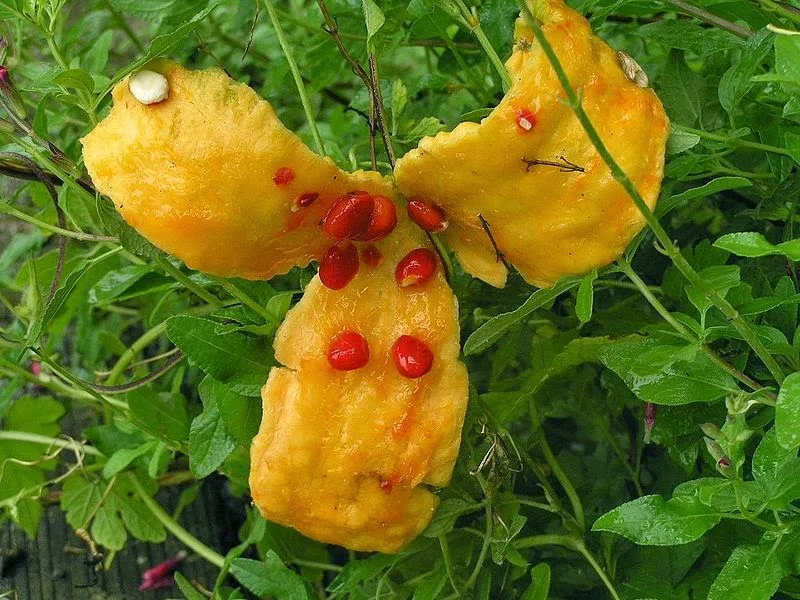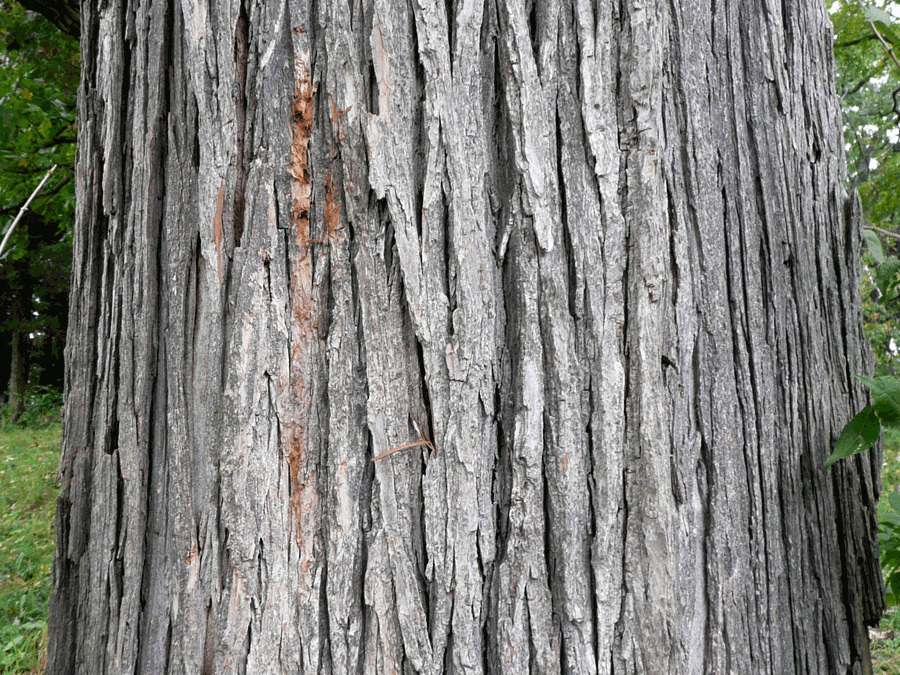By Liliana Usvat
Blog 253-365
Dragon’s Blood is a natural tree resin also known as Sangre de drago or “Blood of the Dragon”. It is extracted from a medium size tree that grows in the Amazonian regions of South America.
How to plant
Dragon’s blood contains a broad range of naturally-occurring compounds, many of which have been well studied. The sap is rich in protective antioxidant phenols, and anti-inflammatory compounds of various kinds. Due to these compounds, Dragon’s blood sap helps to protect the cells of the skin, and reduces redness and swelling.

It also contains a group of compounds called proanthocyanidins, which actually repair collagen, the lattice-like main protein that makes up much of our tissues. Additionally, Dragon’s blood contains taspine, a known tissue-healing agent. The sap also demonstrates antibacterial, antiviral and antifungal activity. This is why Dragon’s blood is so widely used on infectious skin conditions of all kinds with great success.
Making the cut – to obtain Dragon’s blood, it is necessary to cut into the bark of the tree at a diagonal, deeply enough that the blood-like sap will flow. A cup is affixed to the tree at the bottom end of the slash, and the sap collects in the cup.
In the markets of the Amazon, you will find bottles of Dragon’s blood selling at various medicinal stands, and at many other types of shops. As indispensable to a home first aid agent as bandages, Dragon’s blood is liberally applied to the skin in case of a problem. When the red sap is rubbed onto skin, it forms a thin cream-colored layer, like a very fine additional skin membrane.

In tribal medicine it is used both topically and orally to
Pet Care
It is good for healing cuts and scratches, on the dogs Dragon's Blood quickly takes the pain and swelling from insect bites such as spiders, red ants and even scorpion and bee stings.
Plea for keeping the trees alive

This is just one example of how rainforest products can help to keep some acreage intact due to the economic benefits of sustainable harvesting. Instead of cutting down the forest for timber, the forest can be managed better intact, and can yield greater profits through trade in medicinal plants, fruits, and oil-bearing nuts and seeds. And with Dragon’s blood, you also derive an even more elusive and sought-after effect – enhanced beauty.
History
Dragon’s blood has been around for many centuries and was traded frequently between the continents. Few centuries ago (1403 A.D.) it was a very popular medicine which was prescribed by Doctors and Shamans and its commercial value was so high that it was paid for with gold coins. Unfortunately, the great demand for the unique resin caused the eradication of many trees and with no planning for the future, the dragon’s blood market was suddenly a trend of the past.
Links
http://www.foxnews.com/health/2010/03/03/dragons-blood-great-skin/
http://wholeworldbotanicals.com/dragons_blood
Blog 253-365
Dragon’s Blood is a natural tree resin also known as Sangre de drago or “Blood of the Dragon”. It is extracted from a medium size tree that grows in the Amazonian regions of South America.
How to plant
The planting medium provides the moisture that the seed’s embryo requires to germinate.Choose a soilless medium such as sand or peat moss and moisten it thoroughly. When it’s dried to barely moist, fill up a planting container and lay the seed on the surface of the medium. Dracaen draco seeds require light to germinate so barely cover it with sand. This top layer, although thin, prevents the top of the seed from drying. Spritz it often with water from spray bottle.Ideal germinating temperature for Dracaen Draco is around 77-85 degree fahrenheit.
Medicinal Uses
The curative powers of this thick sap are well known by the indigenous tribes around the Amazon rainforest and is considered to be the most effective herbal medicine in that area. The natives apply the resin on their skin to help stop bleeding, disinfect wounds and promote healing of almost any skin problem they have.Dragon’s Blood sap is a very strong coagulant and so promotes the coagulation of blood and helps the blood as it works to create clots. It has a variety of uses, and many of them directed toward its coagulant properties.
Dragon’s blood contains a broad range of naturally-occurring compounds, many of which have been well studied. The sap is rich in protective antioxidant phenols, and anti-inflammatory compounds of various kinds. Due to these compounds, Dragon’s blood sap helps to protect the cells of the skin, and reduces redness and swelling.

It also contains a group of compounds called proanthocyanidins, which actually repair collagen, the lattice-like main protein that makes up much of our tissues. Additionally, Dragon’s blood contains taspine, a known tissue-healing agent. The sap also demonstrates antibacterial, antiviral and antifungal activity. This is why Dragon’s blood is so widely used on infectious skin conditions of all kinds with great success.
Making the cut – to obtain Dragon’s blood, it is necessary to cut into the bark of the tree at a diagonal, deeply enough that the blood-like sap will flow. A cup is affixed to the tree at the bottom end of the slash, and the sap collects in the cup.
In the markets of the Amazon, you will find bottles of Dragon’s blood selling at various medicinal stands, and at many other types of shops. As indispensable to a home first aid agent as bandages, Dragon’s blood is liberally applied to the skin in case of a problem. When the red sap is rubbed onto skin, it forms a thin cream-colored layer, like a very fine additional skin membrane.

In tribal medicine it is used both topically and orally to
- heal wounds and cuts,
- stomach ulcers,
- burns,
- mouth ulcers,
- insect bites,
- rash
- Acne
- Rash
- Eczema,
- Psoriasis
- heale infected spider bite
- pre-cancerous and even cancer lesions
- The sap is also believed to be useful as an anti-herpes agent and many centuries ago
- it was used as a tooth paste to maintain clear white teeth.
- The antiseptic resin dries quickly, forming a seal over wounded skin to prevent infection and allows the skin to heal faster.
Pet Care
It is good for healing cuts and scratches, on the dogs Dragon's Blood quickly takes the pain and swelling from insect bites such as spiders, red ants and even scorpion and bee stings.
Plea for keeping the trees alive

This is just one example of how rainforest products can help to keep some acreage intact due to the economic benefits of sustainable harvesting. Instead of cutting down the forest for timber, the forest can be managed better intact, and can yield greater profits through trade in medicinal plants, fruits, and oil-bearing nuts and seeds. And with Dragon’s blood, you also derive an even more elusive and sought-after effect – enhanced beauty.
History
Dragon’s blood has been around for many centuries and was traded frequently between the continents. Few centuries ago (1403 A.D.) it was a very popular medicine which was prescribed by Doctors and Shamans and its commercial value was so high that it was paid for with gold coins. Unfortunately, the great demand for the unique resin caused the eradication of many trees and with no planning for the future, the dragon’s blood market was suddenly a trend of the past.
Links
http://www.foxnews.com/health/2010/03/03/dragons-blood-great-skin/
http://wholeworldbotanicals.com/dragons_blood























